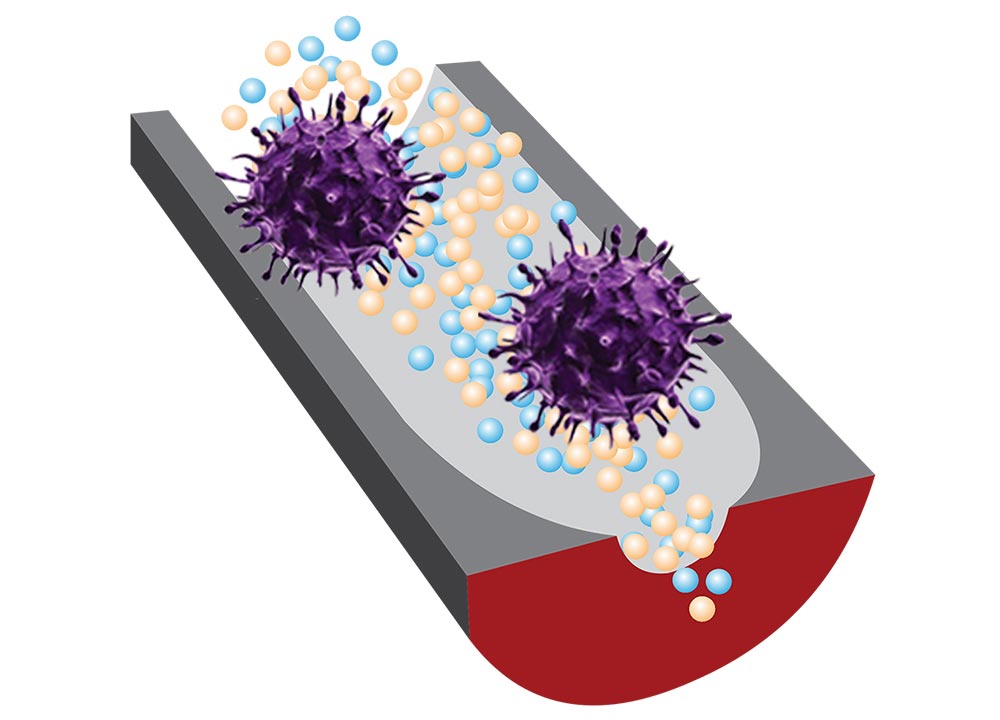We have been making cheese for millennia, but researchers are only now getting to grips with how bacteria, fungi and viruses combine to create its characteristic flavours and textures

WHEN it comes to finding new and exotic species, there is no need to travel to the rainforest or trawl the deep ocean. Just open your fridge. The cheeses in there contain a wealth of surprises, if you look closely enough.
Although cheese production began at least 7000 years ago, we are only just beginning to understand what is really going on in this complex ecosystem that we delight in devouring. “Cheese is a fascinating ecological niche,” says Paul Cotter, a microbiologist at food and agricultural research body Teagasc who is based in Cork, Ireland.
New work on the cheese microbiome is revealing a riot behind the rind, with complex interactions between a diverse array of bacteria, moulds and yeasts helping to create characteristic flavours and textures.
“There are a lot of microbes that we’re eating every day on some of our favourite cheeses, and we know incredibly little about what they’re doing to drive the flavour of those cheeses,” says Benjamin Wolfe at Tufts University in Massachusetts. Understanding this better will not only help control the flavours of existing cheeses, but also help us develop tasty new ones.
Here’s a tour of some of the surprises hidden in your cheeseboard.
Exotic menageries
Cheeses are dominated by bacteria that digest the main sugar in milk, lactose, and turn it into an acid. But they are also home to a menagerie of other microbes that develop as cheese matures, and exactly how many organisms cheese contains is only just being revealed.
Studies using gene-sequencing technologies keep finding new bacteria, some previously unknown to science. A 2020 analysis of four different …
Note: This article have been indexed to our site. We do not claim legitimacy, ownership or copyright of any of the content above. To see the article at original source Click Here













